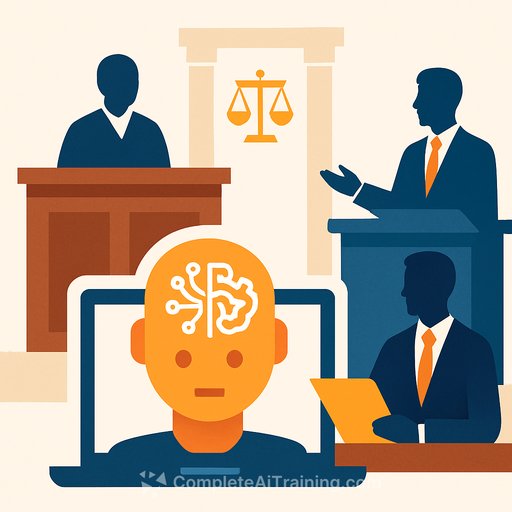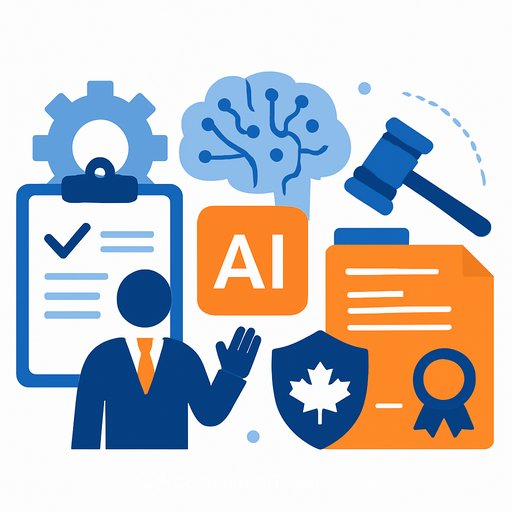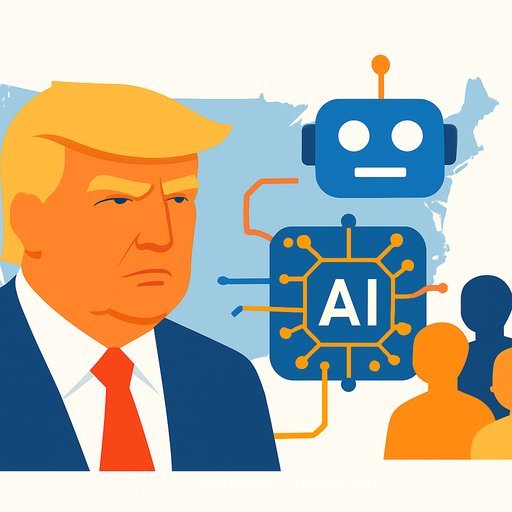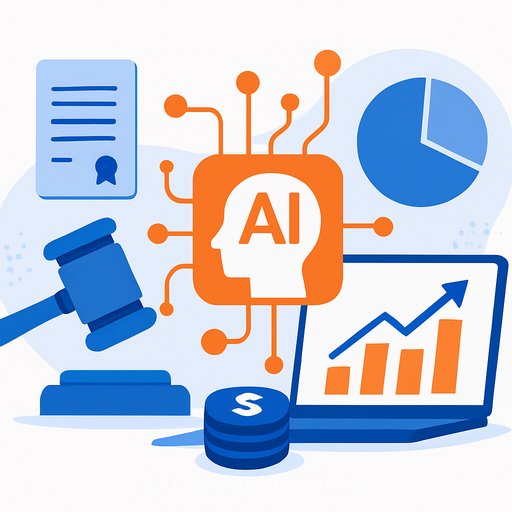Singapore law firms are putting AI to work. Human sign-off stays non-negotiable.
Courts have opened the door with AI in small claims, and firms have followed with careful, practical use. The focus is simple: cut admin and first-draft work, keep legal judgment with humans.
Across the board, firms report faster summaries, cleaner chronologies, and quicker first cuts of submissions. Every output is reviewed for accuracy, tone, and citations to guard against overstatements, bias, and hallucinations.
Where AI fits today
- Summarising judgments, pleadings, and expert reports
- Drafting first-cut submissions and witness statements
- Creating chronologies and issue lists from large datasets
- Translating materials for initial review
- Transcribing and checking audio against witness statements
Most firms are moving in stages, not sweeping change. Some are planning agentic AI to automate defined workflows in the next phase.
What larger firms are using
Rajah & Tann deploys Harvey for drafting, issue-spotting, translations, and alternate arguments, plus RelativityOne for e-discovery. Harvey also acts as a knowhow hub for template pleadings and precedents, searchable in natural language. Microsoft Copilot supports meeting notes, case recaps from Microsoft 365 data, tone adjustments, and admin tasks. Lawyers may also use Opus 2 or Epiq for complex disputes.
WongPartnership began with Luminance for NLP-driven contract review and e-discovery years ago, later partnering with Harvey. Automating routine tasks helps lawyers shift attention to higher-value strategy while keeping client service personal.
Drew & Napier gives Copilot to all lawyers, and a rotating cohort uses Harvey, especially on large document sets. Copilot stays within the firm's Microsoft boundary for sensitive work. Typical uses: initial document reviews, narrowing timeframes and keywords, quick analyses and tables, and rough translations before certified work. The firm trains lawyers on prompts and limits AI to low-level inputs that feed into human review.
Withers KhattarWong has more than 60% of its lawyers on Copilot and layers in additional tools by department and use case. LegalScape and LexRoom are being piloted for research and drafting.
Authoritative tools mentioned: Harvey, Microsoft Copilot.
Boutique firms: test and learn
Han & Lu Law Chambers uses Copilot to structure client invoices for personal injury matters into court-ready tables. They are piloting AI to summarise evidence and visualise family trees. In a trial with Bizibody Technology at the PIPD Seminar 2025, they used Gemini to draft road traffic submissions, producing output comparable to a first-year associate's draft.
Tang Thomas is adopting AI for two tracks: business operations (file and CRM systems) and legal work (drafting, research). The partners are weighing privilege and confidentiality risks and are rolling out tools with clear controls.
Public sector momentum
Prosecutors use AI-enabled image recognition to pre-classify child sexual abuse material, reducing manual exposure and time spent. The Attorney-General's Chambers' Legal Technology Innovation Office (lawyers plus technologists) drives adoption, with officers responsible for final accuracy.
At the Singapore International Mediation Centre, mediators use MAIA to parse submissions, build chronologies, and compare positions. Since launch, it has supported more than 25 mediations, with reports of strong accuracy and prep-time cuts of about 30%. An upgraded MAIA 2.0 went live during Singapore Convention Week 2025.
Risks and guardrails
- Hallucinations and bias: Firms keep AI inside known corpora where possible and require citation checks.
- Confidentiality: Approved tools only, with information security reviews and clear data boundaries.
- Client control: Firms disclose AI use and respect opt-outs.
- Human accountability: Lawyers verify outputs and own the final work product.
Lawyers note prompt quality matters. Vague inputs lead to inconsistent results, and crisp, stepwise prompts raise reliability. "Perfect" prose still needs verification.
What's next
Firms plan deeper integrations: internal AI committees, tech subsidiaries supporting build-outs, and agentic workflows tied to compliance. Expect better classification and tagging of internal precedents to personalise outputs, plus client-facing, secure interfaces for matter updates. Smaller firms will expand use with cautious reliance and clear review steps.
Practical playbook for your firm
- Start with low-risk, high-volume tasks: summaries, chronologies, admin drafts.
- Use enterprise tools with clear data boundaries; prefer systems that keep data within your tenant.
- Write a policy: approved tools, data flows, confidentiality, logging, client consent, and review protocols.
- Standardise prompts for key tasks; require sources and confidence notes.
- Mandate human checks: citation verification, facts against evidence, tone and positioning.
- Set a red zone for highly sensitive matters; avoid external uploads.
- Train in short sprints: prompt patterns, failure modes, and issue checklists.
- Measure results: hours saved, error rates, and user feedback; refine quarterly.
Skill up
If your team needs structured upskilling on AI tools and workflows, explore curated options by job role: Complete AI Training - Courses by Job.
Your membership also unlocks:






